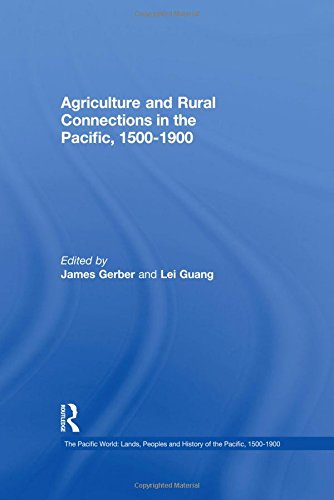

Most ebook files are in PDF format, so you can easily read them using various software such as Foxit Reader or directly on the Google Chrome browser.
Some ebook files are released by publishers in other formats such as .awz, .mobi, .epub, .fb2, etc. You may need to install specific software to read these formats on mobile/PC, such as Calibre.
Please read the tutorial at this link: https://ebookbell.com/faq
We offer FREE conversion to the popular formats you request; however, this may take some time. Therefore, right after payment, please email us, and we will try to provide the service as quickly as possible.
For some exceptional file formats or broken links (if any), please refrain from opening any disputes. Instead, email us first, and we will try to assist within a maximum of 6 hours.
EbookBell Team

5.0
78 reviewsAgriculture and Rural Connections in the Pacific brings together key studies from across several disciplines to examine the history of trans-Pacific rural and agricultural connections and to show an agriculturally-oriented Pacific World in the making since the 1500s. Historical globalization is commonly understood as a process that is propelled by industry or commerce, yet the seeds of global integration - literally as well as metaphorically - were sown much earlier, when crops and plants dispersed, agricultural systems proliferated, and rural people migrated across oceans. One goal of this volume is to demonstrate that the historical processes of globalization contained an agrarian dimension in which sub-national and national spaces were shaped in part through the influence of forces that originated in distant lands. Social and economic trends emanating from outside local territories had large impacts on demographic change, choices of agrarian systems, and the cropping patterns in many domestic settings. A second goal is to encourage readers to abandon the traditional Euro-centric view of events that shaped the Pacific region. The modern history of the Pacific World was undoubtedly shaped by Western imperialism, colonialism, and European trade and migration, but the present volume seeks to balance the interpretation of those forces with an emphasis on the increasing intensity of trans-Pacific interactions through rural labor migration and agricultural production.